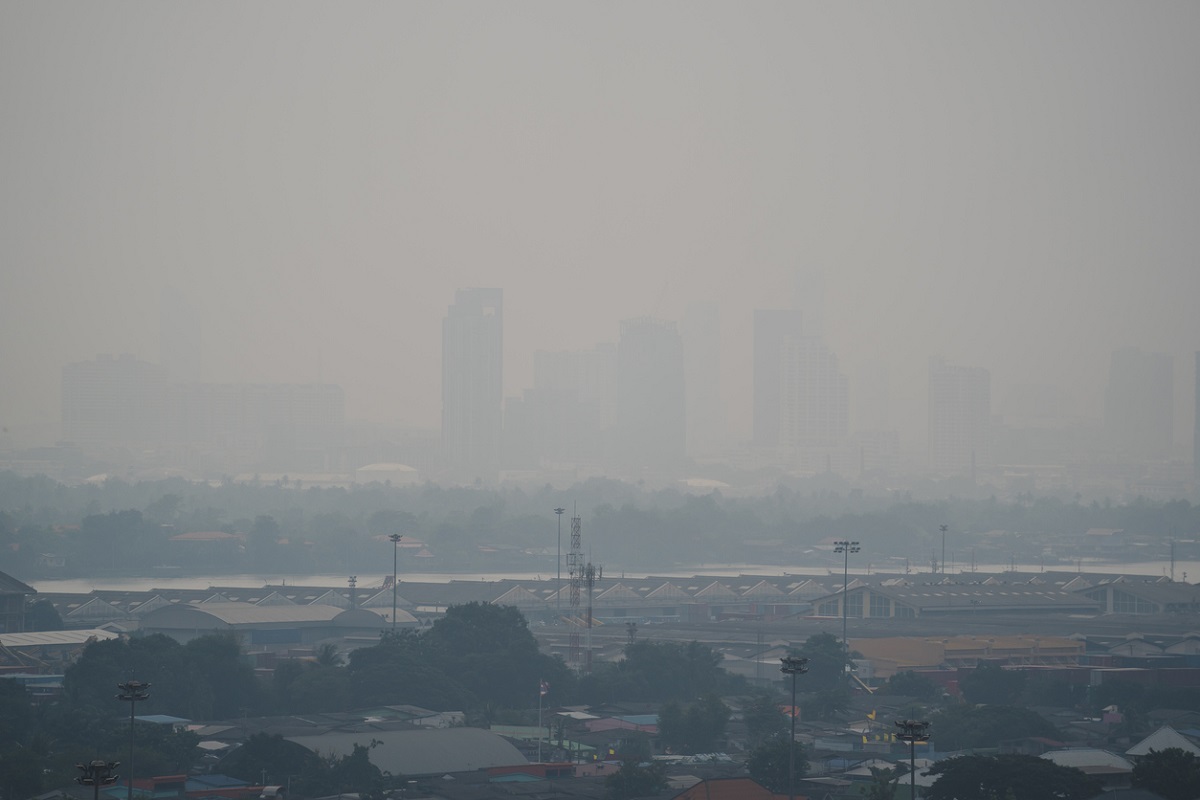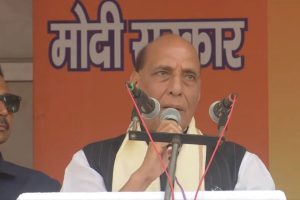With urbanisation and an increase in the number of high-rises, the city of Kolkata is suffering from the ‘skyscraper effect’ or ‘canyon effect’. This effect contributes to obstructing the wind speed and doesn’t let the wind below reach higher levels, says Dr Anupam Deb Sarkar, professor in the Environmental engineering division of the Civil engineering department at Jadavpur University (JU). Prof Sarkar said: “the cumulative effect of these two phenomena – ‘canyon effect’ and ‘inversion’ are worsening the city’s air quality situation.” “We need ‘at source’ control to curb pollution and tackle the air quality degradation because once the emission (of polluted air) starts it’s difficult to curb,” he added. The air quality index (AQI) of Kolkata has been on a decline as the city’s AQI persistently hovers between “poor” and “very poor”, touching the “severe” mark in some areas as well.
The fall in the air quality post-monsoon and pre-summer happens due to a natural phenomenon during winters called inversion. The onset of this fall in AQI could be observed in the last two weeks of November and has remained so for the first three weeks of December.
As per the data from the National Air Quality Index, (monitored by the Central Pollution Control Board of the Union ministry) between midnight and early morning is when the air quality can be caught at its worst. The current particulate matter concentration in Kolkata is 8.8 times above the recommended limit given by the World Health Organization (WHO) 24 hours air quality guidelines value. “To tackle the pollution we have deployed mist cannons and initiated water sprinkling activities in several areas of the city, said an official of the West Bengal Pollution Control Board wanting anonymity.
A WBPCB application on smartphones called Paribesh sends alerts to the public when the air quality of an area drops,” the WBPCB official added. Additionally, regular inspections and installation of air quality measurement devices are being done across the state by WBPCB, especially in Non-Attainment Cities (NACs) -cities whose air doesn’t meet the national ambient air quality standards of 2011 to 2015.
The primary pollutants causing the AQI decline areParticulate matter (PM 2.5 and PM 10 ), Carbon Monoxide (CO), Sulphur Dioxide (SO 2 ), Ozone (O 3 ) and Nitrogen Dioxide (NO 2 ). Among these, PM 2.5 and PM 10 have been recorded to be the biggest contributor in most areas by the seven automatic air quality monitoring stations in the city. “During the winters, the pollutants get captured in the atmosphere,” a senior project associate at West Bengal Pollution Control Board (WBPCB) said. In the Indo-Gangetic plains, this phenomenon is evident.
The official added that activities like-industrialisation, fuel burning, stubble burning, etc., are factors which have additionally contributed to the drop in the city’s AQI. Dr Raja Dhar, director & HOD of the Department of Pulmonology at the Calcutta Medical Research Institute (CMRI) said: “During the winter months, we get far more exacerbations of asthma and chronic obstructive pulmonarydisease (COPD) because of the ambient outdoor air pollution.”
A rise in the number of viral infections and lower respiratory tract infections (LTRI – acute bronchitis, pneumonia, etc.) during this time can be seen and hence, hospital admissions are twice with these disorders as compared to summer months, he added. “If the PM 2.5 values are above 200 people should avoid taking walks and exercising outdoors. They should do it in the confines of their home or in areas where the AQI is better, less than 100,” Dr Dhar said. (Report by SPJS StudentOishani Bhattacharya )











